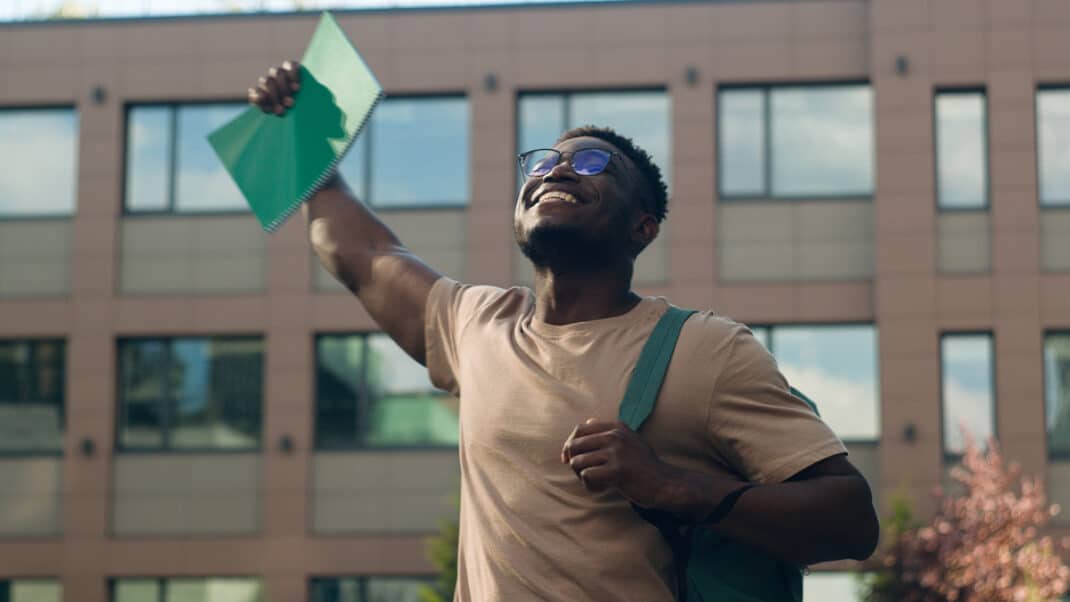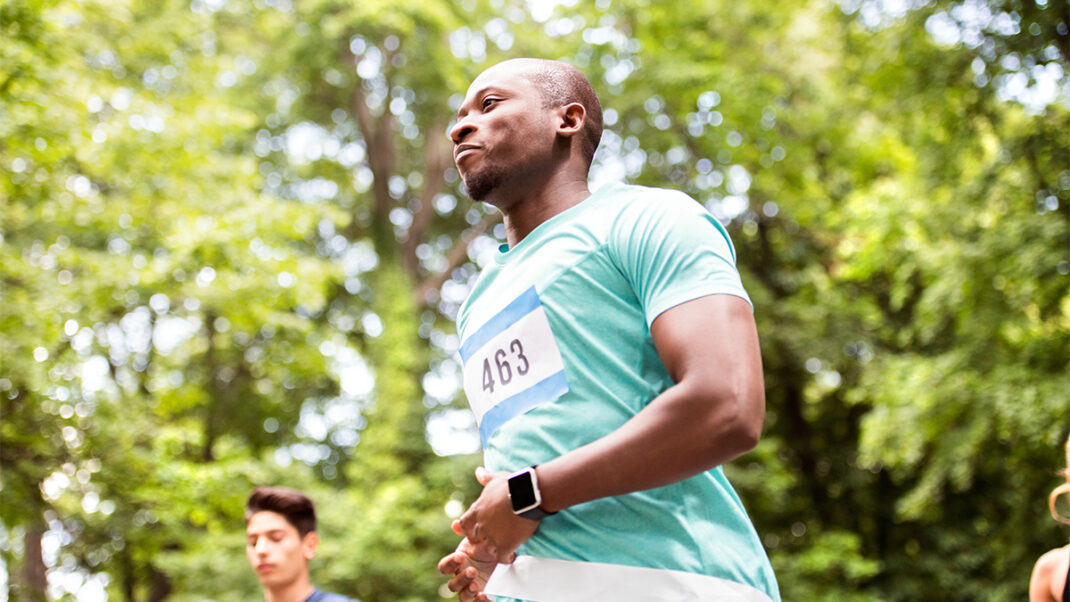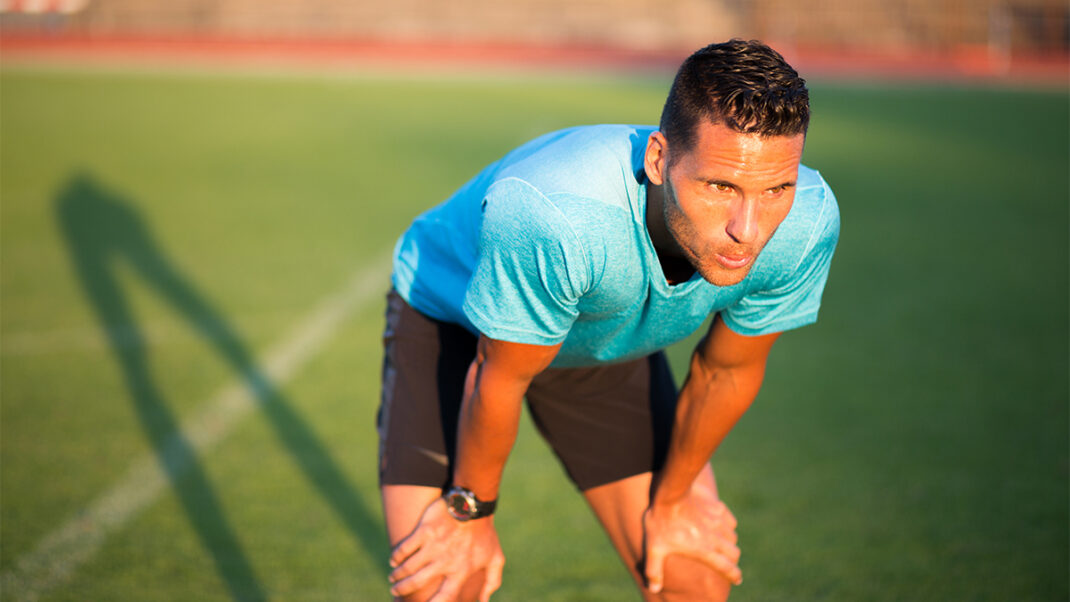Alternative Therapies for Athletes
Why professional athletes and weekend warriors are embracing acupuncture and massage therapy.

Like most fitness professionals, 43-year-old Sylviane Donnadieu spends a lot of time on her feet. Although the New York City-based personal fitness trainer always uses proper body mechanics and warms up before exercising, she’s still prone to overuse injuries. In fact, over the course of her career, she’s developed a chronic case of Achilles tendonitis, which recently led her to try acupuncture. After a series of acupuncture treatments, Donnadieu was impressed by the results. “Not only was the swelling reduced and the pain totally gone after six treatments, but it hasn’t come back, and [the acupuncture] was over 8 months ago,” she said. “Plus, I was able to maintain my level of activity throughout the treatments.”
Professional athletes are also turning to alternative therapies to treat their overuse injuries. National Basketball Association superstars Allan Houston and Shaquille O’Neal are both known to use acupuncture and massage therapy to deal with chronic pain. Some athletes use a combination of these alternative modalities in conjunction with standard medical treatment.
Amateur athletes are getting on the bandwagon, too. Greg Frank of Manhattan tried acupuncture after developing shin splints while training for the 2003 New York City Marathon. “Every time I ran, I’d start feeling the pain after 10 miles.” After 11 acupuncture sessions, the shin splints and pain were gone and Frank was able to train for the event successfully.
This article briefly describes how acupuncture and massage therapy can help both fitness professionals and their clients alleviate pain stemming from overuse injuries.
First practiced in China more than 2,000 years ago, acupuncture involves the insertion of very small needles into specific points on the body to treat and prevent disease. Acupuncturists place these needles into areas along the meridian lines, a system of deep channels that run throughout the body; the acupuncture points serve as “gates” to these channels on the body’s surface.
Chi, our life-force energy, and blood are considered the two most vital substances in Oriental medicine; they work together to influence every process in the human body. It is essential that both chi (pronounced “chee”) and blood flow freely in order to nourish the body’s vital organs and tissues and maintain optimum health. In simple terms, acupuncture restores the free flow of chi and blood wherever there is blockage.
Any kind of pain represents an obstruction or imbalance in
the normal flow of chi and blood. Acupuncturists determine the nature and location of imbalances in the body and correct them through treatment.
To meet U.S. Food and Drug Administration (FDA) regulations, all acupuncture needles must be presterilized, single-use and disposable. In a typical acupuncture session, superfine needles are inserted into points on the arms, legs and torso. These points may be at the direct source of the pain or at other locations on the body. For example, if the patient’s main complaint is back pain, needles are inserted into points on the back and also into the peripheral points corresponding to the back in the meridian system.
When a needle is first inserted, the patient feels either a small pinch or nothing at all. (Because acupuncture needles are super
fine and solid, the experience is quite unlike having your blood drawn or being injected with a much larger hypodermic needle.) Once the needle is in place, the acupuncturist manipulates it to create sensations that indicate that the body’s own healing
powers have been activated. The types of sensations practitioners are seeking range from a sense of heaviness and dull aching to tingling.
Both the World Health Organization and the National Institutes of Health (NIH) have recognized acupuncture as an effective treatment for a variety of painful conditions, including headaches, menstrual cramps, tennis elbow, fibromyalgia, myofascial pain, osteoarthritis, low-back pain, carpal tunnel syndrome and asthma. (For a look at the NIH’s 1997 consensus statement on acupuncture, see www.nih.gov/news/pr/nov97/od-05.htm.)
Athletes typically seek acupuncture to treat pain in areas like the back, neck, knee or ankle or to provide relief from conditions such as tendonitis or sciatica. However, the benefits of acupuncture extend deeper than the musculoskeletal level. Acupuncture is equally effective in treating common internal problems, such as gastrointestinal disorders.
Ben Prayz, a 40-year-old amateur gymnast, originally sought acupuncture for a low-back muscle strain. “Acupuncture dramatically improved my performance in gymnastics, leaving me more flexible and limber,” he reports. But Prayz also noticed other results. “There was an additional unexpected benefit from my treatments. My consistent stomach and digestive problems disappeared.” >
Acupuncture can also help reduce inflammation, decrease preperformance anxiety and prevent future illness or injury. It has even been used to hasten recovery from more serious conditions, such as broken bones, stress fractures and surgery.
For information on how to select a qualified acupuncturist, see “Finding a Practitioner in Your Area” on page 43.
Massage therapy is another alternative therapy that is growing more popular among athletes. Massage therapy involves the use of therapeutic touch to treat problems in the body’s connective tissues (e.g., muscles, tendons and ligaments).
Common benefits of massage include a reduction in muscle tension and pain; improvements in range of motion; and increased circulation of blood and lymph fluids. Massage is now being used, not only to relieve general tension, but to also complement standard medical treatments, such as physical therapy.
There are many different types of massage. Among the best known are Swedish, deep-tissue and sports massage. Regardless of the particular style, a good practitioner will draw on different massage techniques, tailoring the session to the client’s needs.
Swedish massage is the most basic technique and the foundation on which most other types of massage are based. Swedish massage strokes are smooth, making this style good for general
relaxation and the alleviation of minor muscle soreness. Deep-
tissue massage, which goes deeper into the connective tissues, is typically applied to a particular muscle group. Specific bands of tight muscle are warmed and loosened, relieving pain and hastening healing in injured areas. Deep-tissue techniques are also used in sports massage, an increasingly popular modality among athletes and fitness enthusiasts.
A rigorous therapy, sports massage employs a variety of massage strokes, including deep compressions and slow, penetrating strokes. Sports massage focuses on specific muscles and pressure points to alleviate discomfort and tightness.
The goals of sports massage therapy are to help athletes recover from existing injuries and to prevent future injuries. The therapy helps the client maintain optimum fitness and speeds recovery from overuse traumas and other acute or chronic injuries. In the process, the risk of future injuries is reduced because the therapy enhances flexibility and increases strength.
There are three main applications of sports massage:
- health maintenance during training
- treatment right before and after sporting events
- injury treatment
Each application can involve different sports massage techniques, depending on the client’s needs.
HEALTH MAINTENANCE DURING TRAINING
Health maintenance massage can be very effective in treating
potential trouble spots before they actually become injured. For example, Molly Anderson is a 59-year-old fitness enthusiast who occasionally experiences low-back pain after running. Sports massage is one way this Washington state resident invests in the long-term health of her back. Anderson has discovered that after a massage, her recovery time following a run is significantly
reduced. “The sooner I can get to the massage therapist after running, the better,” she says.
Nandini Mathur, a fitness program manager who also trains clients at the American Express Health & Fitness Center in New York City, provides a similar testimonial about the benefits of sports massage. “After teaching a [muscle-sculpting] class, I’m usually sore for 3 or 4 days,” she says. “I started receiving a sports massage a few hours after teaching this class and found that it
reduced both my recovery time and the intensity of the pain.”
BEFORE & AFTER A SPORTING EVENT
Sports massage is becoming more popular right before and after sporting events. It’s not unusual to see massage therapists behind the scenes at major competitions, such as tennis tournaments and running marathons.
Getting treatment before an event can prepare the body by warming up the connective tissue and increasing blood flow. A sports massage can also help reduce preperformance anxiety.
According to Kathryn Lowe, a Seattle-based massage therapist, “Massage engages the parasympathetic nervous system and relaxes the client.” Lowe says this relaxation extends to both body and mind, in turn enhancing athletic performance. She recommends that personal fitness trainers work in tandem with massage therapists to tailor fitness regimens to athletes’ needs. This open line of communication allows practitioners in both fields to agree on the best strengthening exercises and stretches for each client.
Sports massage is equally beneficial after a sporting event—or even an intense workout. Increased blood circulation flushes out the chemical byproducts of muscle activity, and this can reduce the recovery time between workouts.
INJURY TREATMENT
Finally, sports massage is an excellent complement to the standard treatment of common sports injuries such as tendonitis and muscle strains. Not only is it appropriate for acute injuries; it is also highly effective for chronic injuries and postsurgical recovery. Sports massage therapy can encourage correct exercise form by heightening the client’s awareness of specific problem areas, while also helping the body recover from overuse.
For information on how to select a qualified massage therapist, see “Finding a Practitioner in Your Area.”
Because individual health insurance policies vary, you need to contact your health care provider for specific coverage information. If you’re able to collect reimbursement from your insurance company, your practitioner will either submit the appropriate claims for you or provide a claim form that you will need to submit yourself.
To find a qualified acupuncture practitioner or massage therapist in your vicinity, your best bet is to get a referral from someone you know. You can also contact one of the Web sites shown below; these sites allow you to search by zip code, state or other criteria.The following organizations are the certifying bodies for acupuncture practitioners and massage therapists, respectively:National Certification Commission for Acupuncture and Oriental Medicine, www.nccaom.org, (703) 548-9004American Massage Therapy Association, www.amtamassage.org, (888) THE-AMTA (843-2682)Once you’ve found a potential practitioner or massage therapist, ask some basic questions to see if he or she is the right fit for your needs. For example:
- How long have you been in practice?
- What are your credentials?
- Have you treated my condition before, and if so, what were the results?





